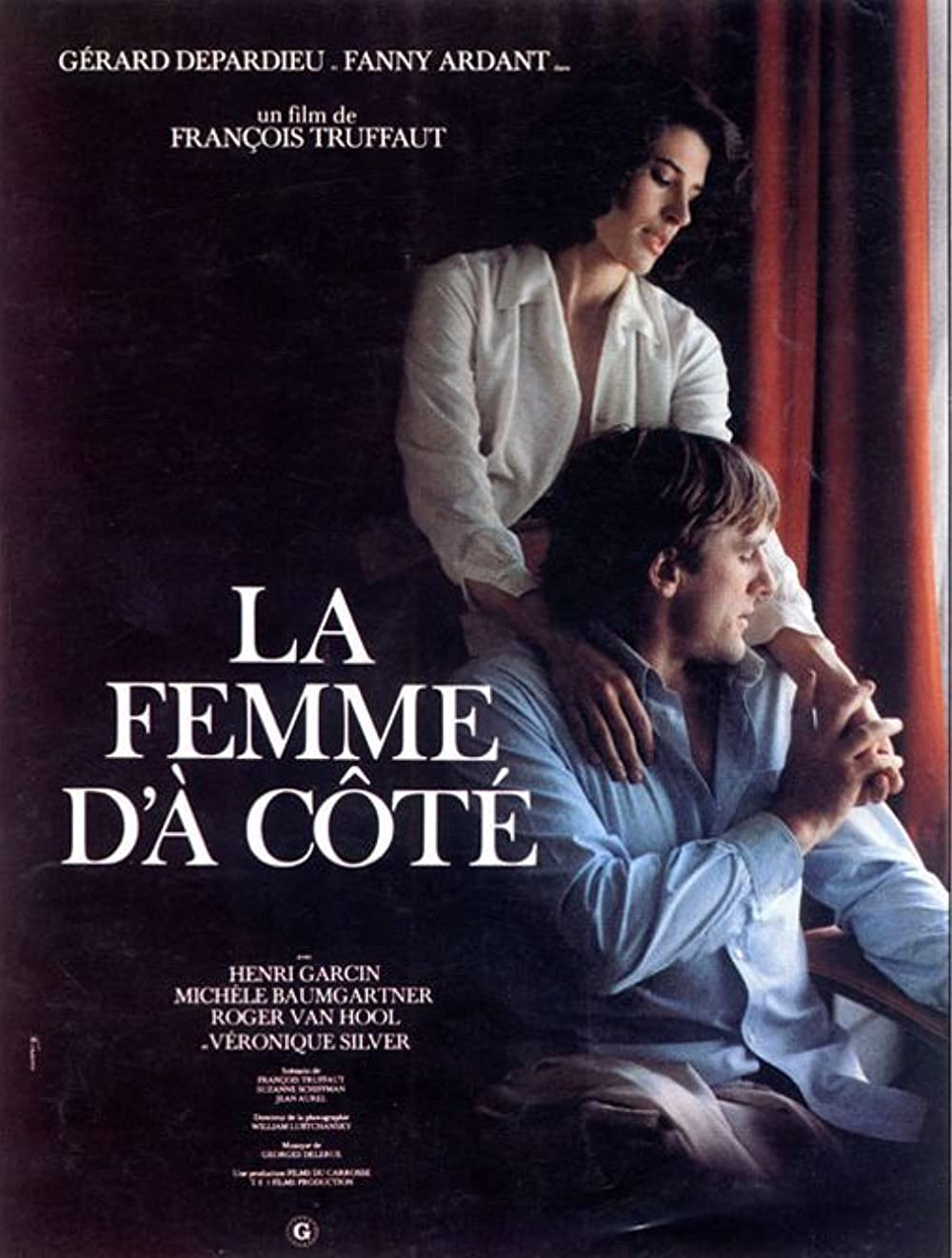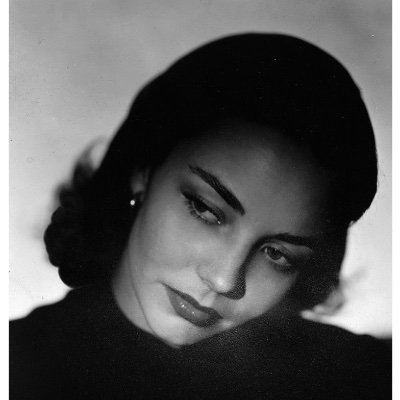
- Starring
- Gérard Depardieu, Fanny Ardant, Henri Garcin
- Writers
- François Truffaut, Suzanne Schiffman, Jean Aurel
- Director
- François Truffaut
- Rating
- R (United States)
- Running Time
- 106 minutes
Overall Score
Rating Summary
It’s really no surprise that François Truffaut was an expert at crafting tense erotic thrillers about people living ordinary lives in sleepy small towns. So much of his work focuses on the experiences of middle class French people who have their seemingly perfect lives disrupted by the promise of something more exciting. They become frustrated by the feeling that they are stagnating and no longer have any goals to pursue. Of course, many of these stories are told from the perspective of children or middle-aged housewives and they don’t feature a scene in which Gérard Depardieu violently fornicates with his mistress. This is more sexually explicit than The 400 Blows, but the eroticism doesn’t take away from the script’s efforts to ruminate on the often unfulfilling nature of family life. It is unfortunately rare to find an erotic thriller that manages to blend well choreographed love scenes with gripping domestic drama and this makes The Woman Next Door, fairly unique.
The Woman Next Door takes place in a tiny village on the outskirts of Grenoble. He first introduces us to Bernard Coudray (Depardieu), who would seem to be a loving family man without a care in the world. We then notice that Mathilde Bauchard (Ardant) and her husband Philippe (Garcin) have moved in next door. Unbeknownst to their respective spouses, Bouchard and Coudray were entangled in a tempestuous relationship several years prior. At first, they try to stay away from one another. As time passes, they find that they cannot stay away from one another and they begin to have a clandestine affair. They find themselves growing increasingly obsessed with one another, to the detriment of their marriages.
Viewers know that it can only end in tragedy but Ardant and Dépardieu are able to deepen and complicate the bond between their characters. These are not just people who are desperate to get their rocks off. Their sexual relationship involves a lot of psychological manipulation and confusion over what they find attractive about their lover. They seem almost incapable of being wild about one another when the attraction is mutual. One of them has to turn cold and express hostility and this will only spur the other on and cause them to become fixated on their lover. They both seem to be at their most satisfied in the periods in between their sexual assignations. When they are planning a seduction attempt or imagining their lover finally returning their affections, they experience the exhilaration that cannot be found at their child’s birthday party.
With The Woman Next Door, Truffaut, Suzanne Schiffman and Jean Aurel cleverly find ways to tell a tragic, highly melodramatic story in a modern setting. Viewers never find themselves questioning whether this could have happened in 1981, or whether these characters would have acted the way they do. From the moment they meet eyes, the film hints at the madness that they are capable of and when they start behaving erratically, it makes sense. This might be because the tone is so effectively set. The world around the main characters seem so quiet and uneventful. The peacefulness gives way to a sense of intense boredom and even claustrophobia. They sit in rooms that all look disturbingly similar and Truffaut frequently puts a great amount of distance between the two leads and other human beings. Their detachment from this world becomes obvious and they are cocooned in their own little paradise when they are alone and able to obsess over one another. Their insanity takes flight in the scenes that they share and Ardant has the sort of dark, mysterious eyes that suggest that Bauchard is capable of anything and everything.
The film does have more depth than your average drama about adultery in a small town, but don’t let this reviewer’s description fool you into thinking that this is dour and overly serious. It’s great fun to see Bauchard grow more and more wild in her pursuit of the man she loves, and Truffaut gives Ardant plenty of opportunities to show off her acting chops. The Woman Next Door launched her to stardom in France and you can see why she wasn’t just the flavor of the month. Yes, her role requires her to be sexy, but she is allowed to express emotions and reveal something about her character’s inner life during the sex scenes. In a role that could have easily put her in a box for the rest of her career, leaving her unable to display any range, she is able to subvert conventional notions about femme fatales and women in love. Being alluring and desirable on-screen often involves more than just being born with the right genetic traits. Ardant has an unfussy, un-self conscious screen presence that makes her endearing – even when she’s making morally questionable decisions.
In the end, those looking for some high class erotic titillation can’t do much better than this. The Woman Next Door might be Truffaut’s most emotionally excessive film and that will make it appealing to those who want a bit of lunacy in their sexy films.
still courtesy of MUBI
Follow me on Twitter.
If you liked this, please read our other reviews here and don’t forget to follow us on Twitter or Instagram or like us on Facebook.

I am passionate about screwball comedies from the 1930s and certain actresses from the Golden Age of Hollywood. I’ll aim to review new Netflix releases and write features, so expect a lot of romantic comedies and cult favourites.
Discover more from
Subscribe to get the latest posts sent to your email.
